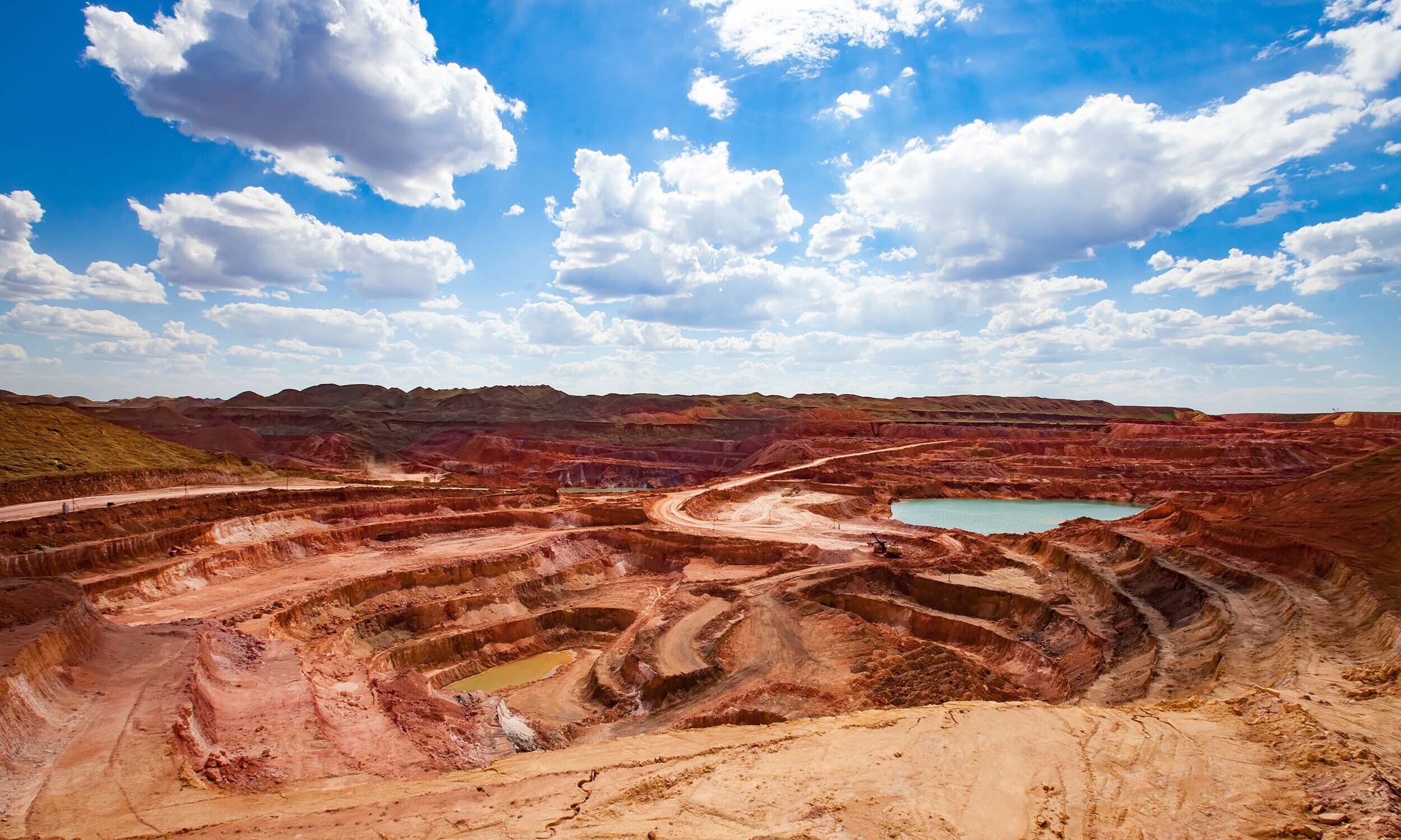

Since Russia’s full-scale invasion in 2022, Ukraine’s metals and raw materials sectors have become a battleground not just militarily, but economically. The latest trade data through 2025 reveals a dynamic shift with surging imports in key raw materials, including bauxite and coke, and contradictorily weakening export flows to traditional partners, and a push by Kyiv to rebalance via foreign investment in mining. But the road ahead remains fraught with structural and geopolitical risk.
 Image for referential purposes only
Image for referential purposes only
Also read: Metro Mining sets another record in Bauxite Shipment; what’s driving the surge?
Surge in bauxite imports: Compensating for domestic disruption
In the first nine months of 2025, Ukraine imported 27.22 million tonnes of aluminium ore and concentrate (bauxite) — a 39.4 per cent rise year-on-year. The monetary value of those imports also grew, by 24.1 per cent to about USD 3.021 million.
This jump must be understood against the backdrop of domestic alumina production disruption wherein Ukraine’s Mykolaiv (Nikolaev) Alumina Refinery, which historically processed imported bauxite into alumina, suspended operations after the 2022 invasion. In effect, Ukraine is now sourcing raw feedstock without fully restoring downstream refining capacity.
Dominant suppliers in 2025 were Turkey (81.98 per cent of import value), China (17.16 per cent), and Guyana (0.86 per cent). For context, in 2024, imports had already surged (77.4 per cent increase in volume) with a similar supplier profile. The trend is consistent with Ukraine increasingly remaining dependent on external bauxite sources, Turkey recently playing the primary role.
The question that arises is, for what purpose is Ukraine importing bauxite at scale while its refining plant is offline? Several possibilities exist:
Responses








